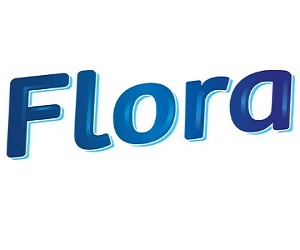This is the second time The Institute of Economic Affairs, (IEA) has sounded the alarm on the exponential rise in the country’s total public debt.
According to the IEA, the government as a matter of urgency, needs to explain the sharp rise in the public debt from GHC120.4 billion in 2016 to GHC334.6 billion by the end of June 2021.
“The government must come clear on this. We need an explanation as to why our debt has risen to that level within a space of four and half years,” said Dr J K Kwakye, Director of Research at IEA.
The total public debt stock, as a percentage of GDP, increased from 76.1 percent at the end of December 2020 to 77.1 percent of GDP at the end of June 2021. This stock includes the financial and energy sector bailouts. Excluding the Financial Sector Bailout, the nominal debt stock as percentage of GDP is 72.9 percent. The increase in the debt stock was mainly because of the Eurobond issuance in April 2021, COVID19 pandemic effect, contingent liabilities, and front-loading of financing to meet cash flow requirements for the first half of the year.
The question however still remains an answered as to whether Ghana is facing a debt crisis or not. The opposition NDC says there is a crisis and that Ghana must seek debt relief from the International Monetary Fund, (IMF). The government has dismissed this claim and says it is not going to the IMF anytime soon.
The fact is that the debt to GDP ratio has since 2019 far exceeded the 70% that is generally regarded as the sustainability threshold for middle income countries of which Ghana is one.
The IMF has described Ghana as having a high risk of debt distress in their 2021 Article IV Consultative, although it regards the debt profile to be still manageable.
In 2021, the country will be using as much as 56% of tax revenue to pay interest on debt and the ratio could rise above the medium term, especially if the government sticks to the un-ambitious revenue targets.
Interest payments could actually swamp the budget in the coming years if appropriate measures are not taken.
But Dr. Kwakye, believes the best way the country can ease the financial burden of debt service on a more durable basis is to adopt comprehensive debt management strategy which will bring some relief to the debt service burden, raising revenue while containing non-capital expenditure.
“A comprehensive debt management strategy could help bring some relief to the debt service burden, raising revenue while containing non-capital expenditure is the best way to ease the financial burden of debt service on a more durable basis”.




